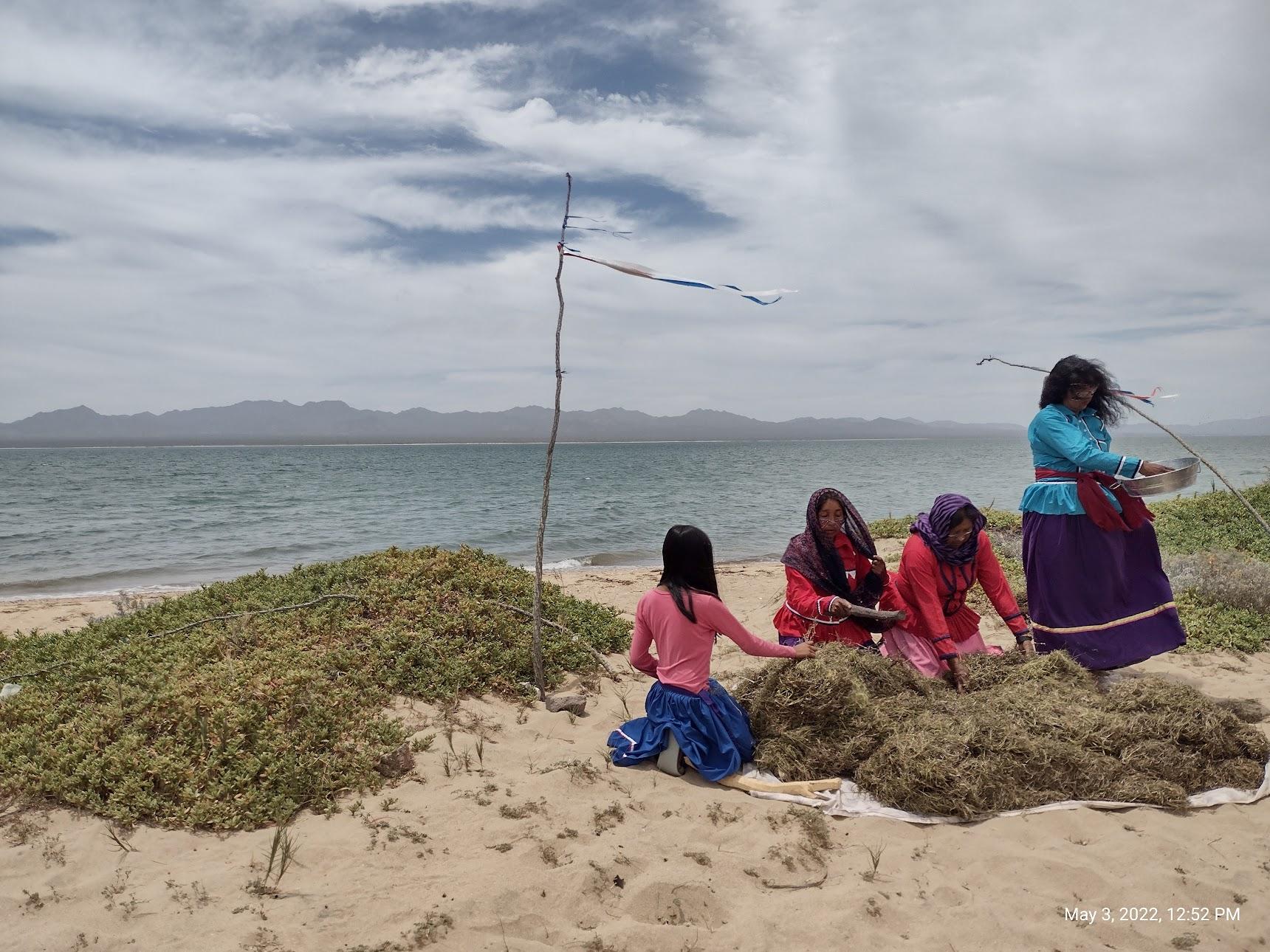‘It’s like cultural rescue’: Eelgrass festival in Mexico celebrates Indigenous Comcáac conservation efforts
At a two-day festival on the coast of northern Mexico earlier this month, scientists, chefs and local residents gathered to celebrate eelgrass — a unique type of seagrass that grows in the Gulf of California.
Seagrass is on the decline in the world’s oceans, but the Indigenous Comcáac people who live in the region have managed to protect the eelgrass that grows in their waters.
“From my parents I learned about medicinal plants and the songs of plants, as well as about traditional foods.”
“From my parents, I learned about medicinal plants and the songs of plants, as well as about traditional foods,” said Laura Molina, who is Comcáac.
She remembers how her mom made tortillas out of flour ground from eelgrass seeds known as xnois in Comcáac language, a mix between wild rice and nori seaweed.
Related: Indigenous communities score victories against two mining projects in Mexico
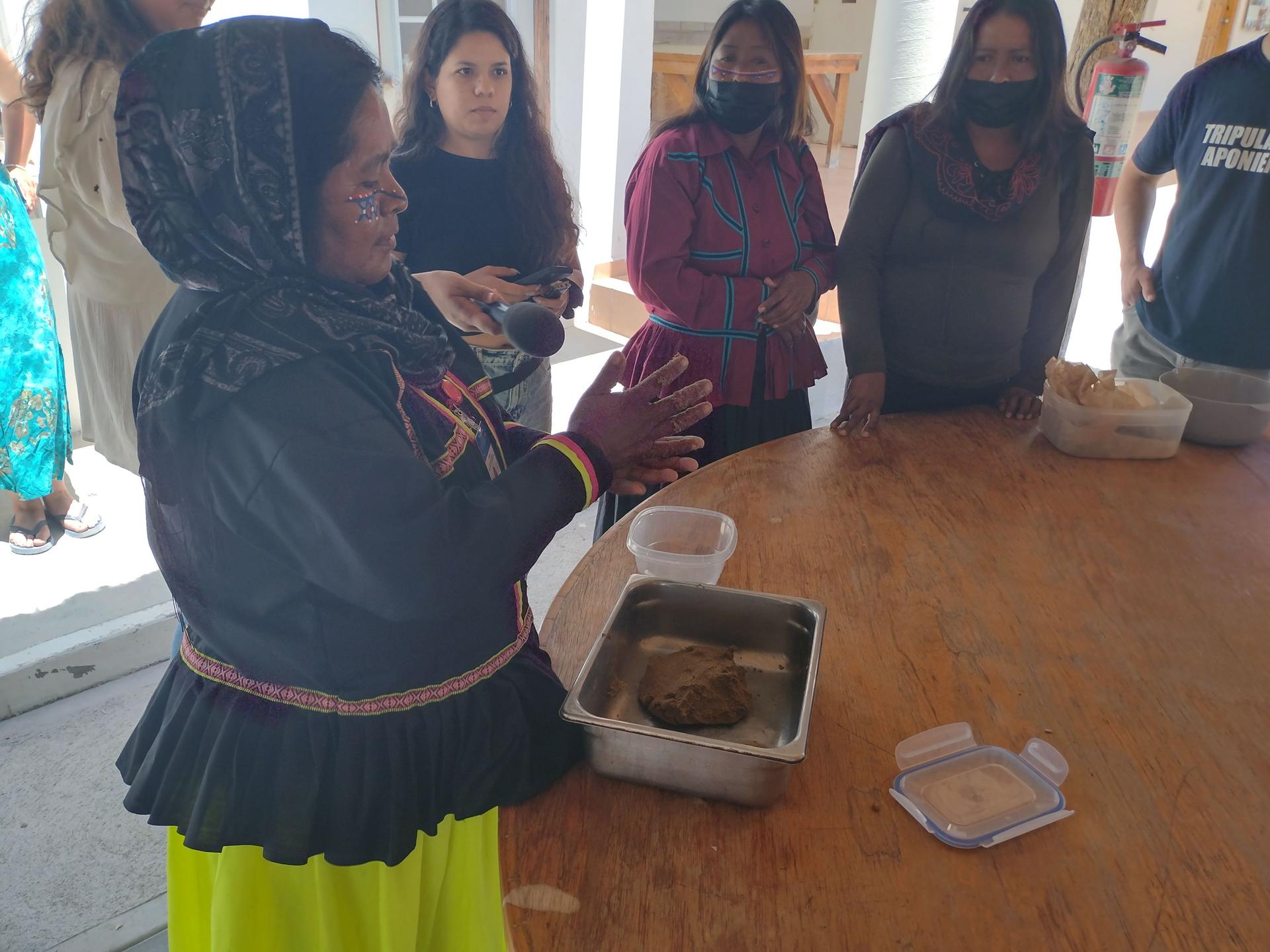
Seagrass is getting a lot of attention these days because of its capacity to store carbon, estimated to sequester up to half the so-called “blue carbon” in the world’s oceans and coastal ecosystems — putting it on par with global forests.
Ángel León, a Spanish chef and owner of Aponiente restaurant, has made it his personal mission to protect threatened seagrass beds off the Spanish coast. He’s interested not only in the plant’s environmental benefits but also its culinary potential in the kitchen as a nutrient-rich superfood.
León sent chef and ecologist Greg Martínez to the festival on his behalf to demonstrate his restaurant’s version of a xnois paella.
Conservation biologist Juan Martín also represented Aponiente at the festival. He said the hope is that if seagrass becomes a sought-after superfood in Spain, it’ll be better protected there.
“It’s very nice that a guy with an apron, a cook, with dreams, has done this: given glamor to a threatened species which currently lacks it,” Martín said.
Seagrass is down about 30% globally since the late 1800s. Through León’s restaurant and related nongovernmental organization, he has heavily financed seagrass restoration projects.
Related: Self-taught chef introduces rural Vermonters to traditional Thai cuisine
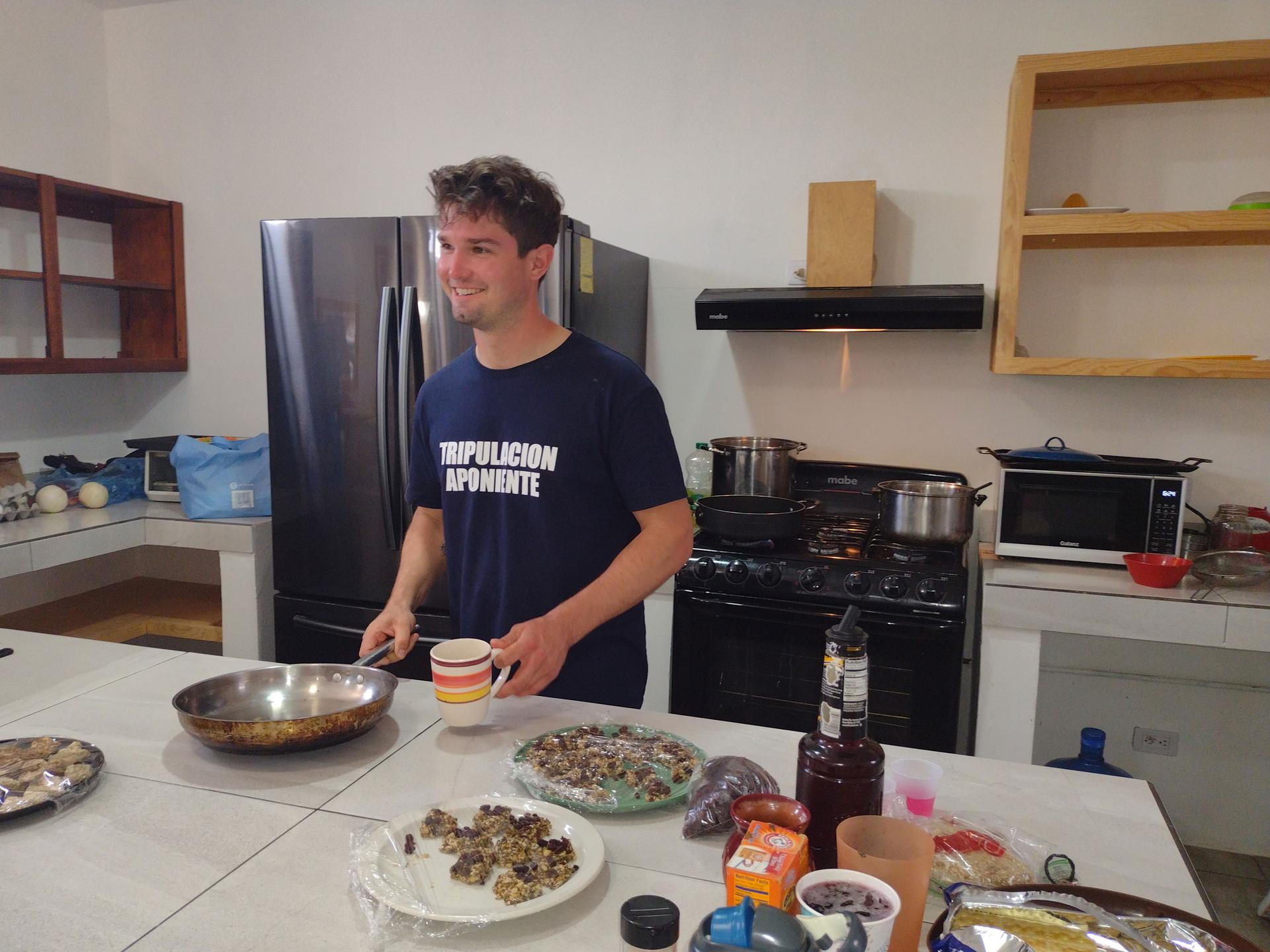
In the Mediterranean region, including Spain, eelgrass beds only cover an estimated half of their historic area due to coastal development and agricultural runoff.
In northern Mexico’s Comcáac country, however, locals have done a much better job of protecting eelgrass. In fact, satellite imagery indicates that the plant has remained intact in more or less the same patches for the last 20 years.
The festival was organized to call attention to Comcáac conservation efforts with interactive activities and cooking demonstrations held between Puna Chueca (a Comcàac community), and the town of Kino Bay, in Sonoro, Mexico. The Borderlands Restoration Network, the University of Artizona Southwest Center, the Eleventh Hour Project and Salarte all helped organize it.
Gary Paul Nabhan, an ethnobotanist and writer who also helped organize the festival, thinks that the Comcáac people should earn money for their conservation work — much like certain landowners earn money for carbon credits when they preserve forests.
“The Comcáac have 96% of all the eelgrass habitat left in the Gulf of California. … They’re the original stewards of most of the eelgrass left on the coast of Mexico today. That means that whatever they’re doing has been more effective than their neighbors.”
“The Comcáac have 96% of all the eelgrass habitat left in the Gulf of California,” he said. “They’re the original stewards of most of the eelgrass left on the coast of Mexico today. That means that whatever they’re doing has been more effective than their neighbors.”
The labor-intensive seagrass harvesting process has also been perfected by the Comcáac as a traditional practice.
First, seagrass collectors gather the tangled clumps of seagrass floating on the water’s surface.
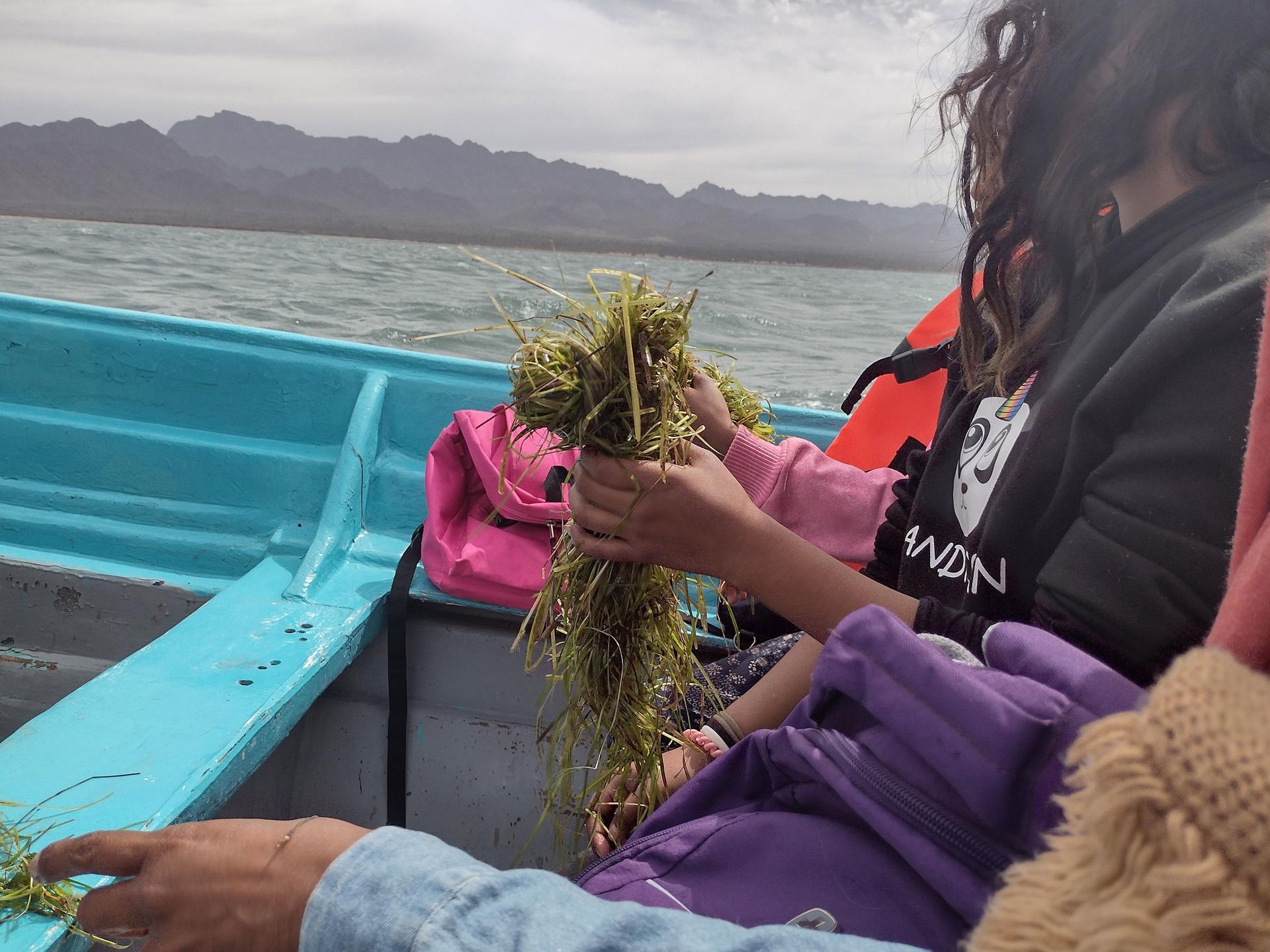
Then, they dry the eelgrass seeds.
“You have to beat it so that the seeds fall out of the shoots. And then later you can pick out all the little seeds, which you run through a sieve.”
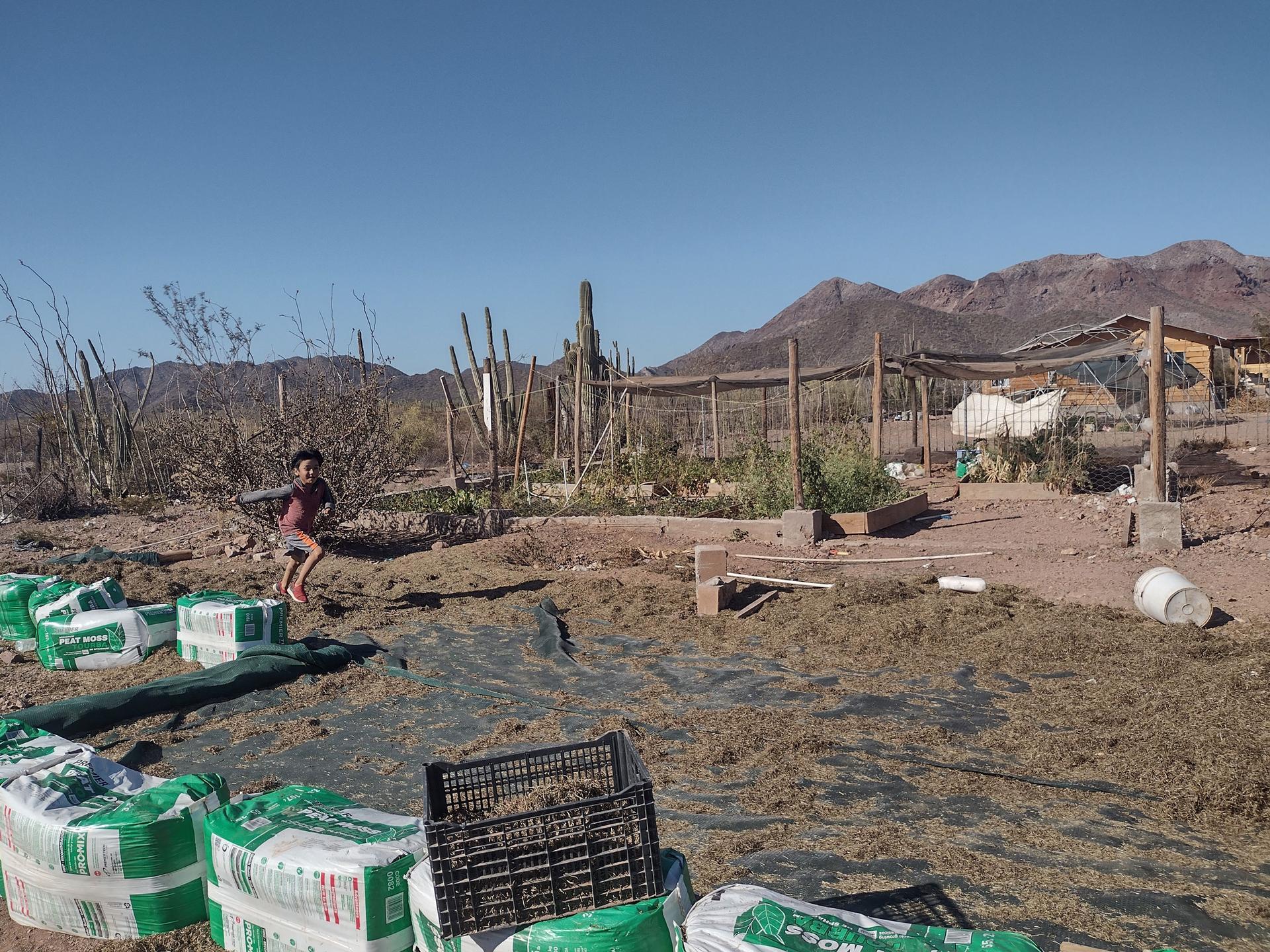
“You have to beat it so that the seeds fall out of the shoots. And then later, you can pick out all the little seeds, which you run through a sieve,” Comcáac leader Erika Barnett said.
And then, there’s toasting and milling in another series of demanding steps historically done by hand.
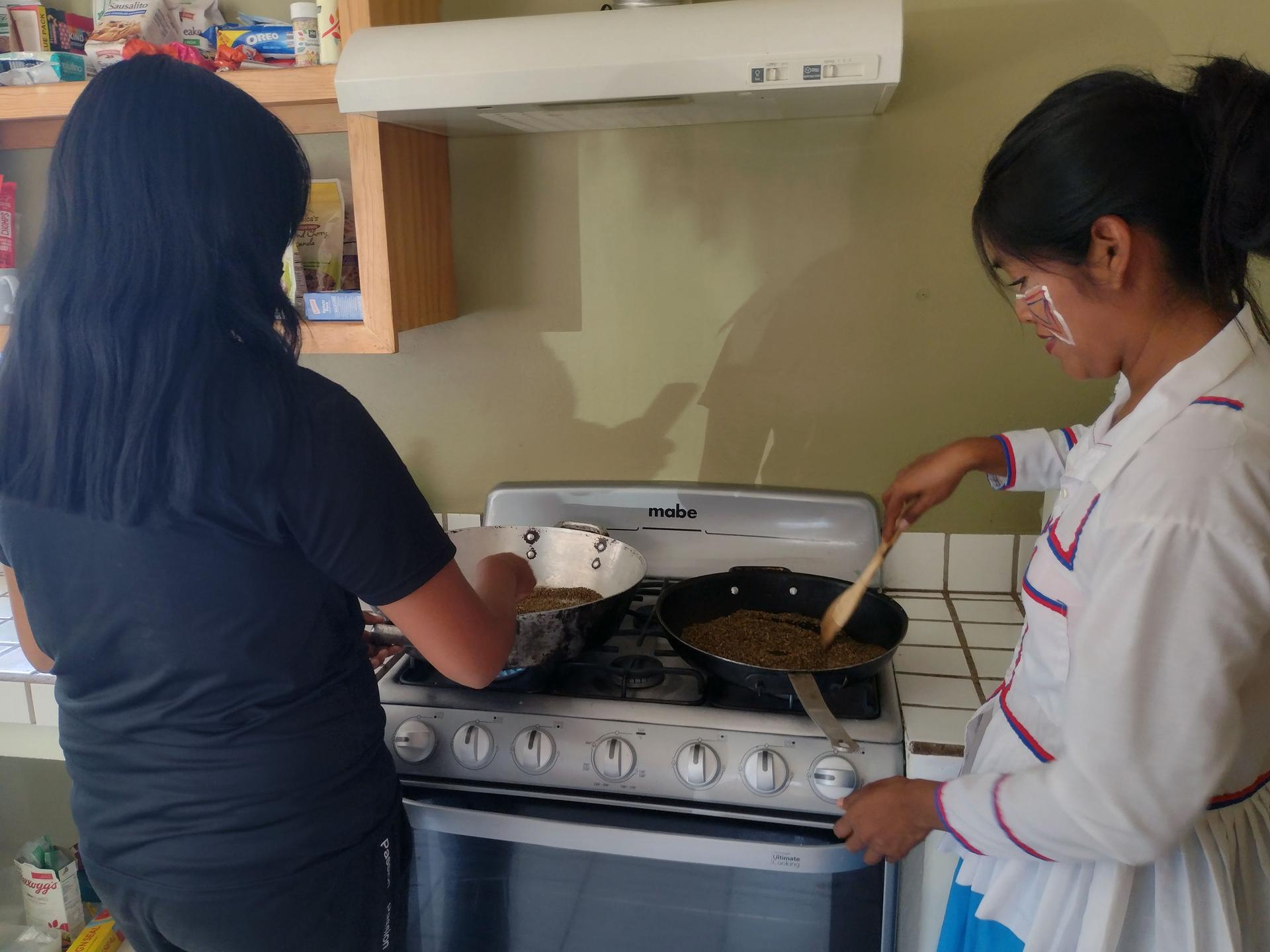
Barnett said that before the eelgrass festival, she was hesitant to process and cook with xnois because of the amount of work involved. But now, she said she might consider reviving the tradition.
“My dad told me that he was 7 years old the last time he tried zostera marina,” she said, using the scientific name for eelgrass. “He said that he was very happy and proud of us for having done this important work; it’s like cultural rescue.”
Related: Desalination brings fresh water — and concern — to an Indigenous village in northern Mexico
Whether Barnett collects the tangled shoots along the Gulf again, interest in seagrasses is likely to increase on a global scale.
As the planet continues to warm, more people are trying to figure out how to boost the carbon dioxide sequestered in the world’s oceans. Seagrass floats to the surface as a viable solution.
